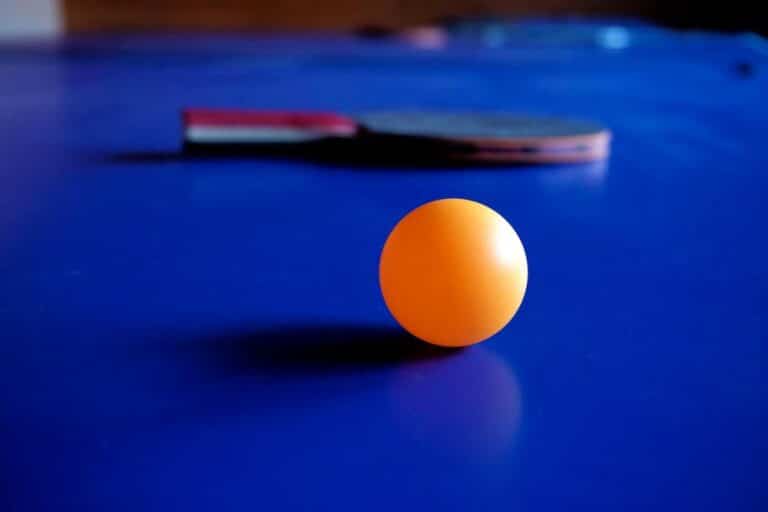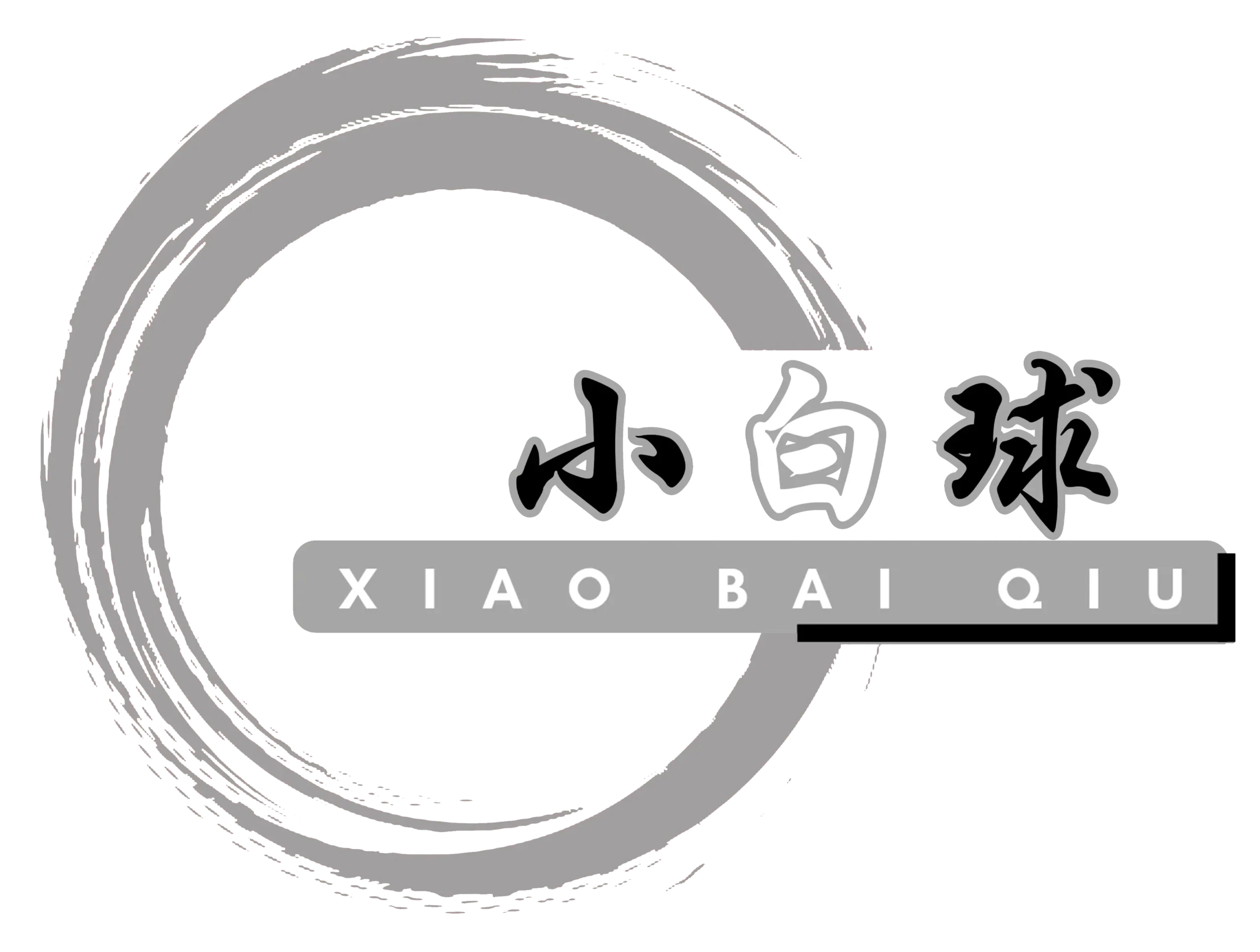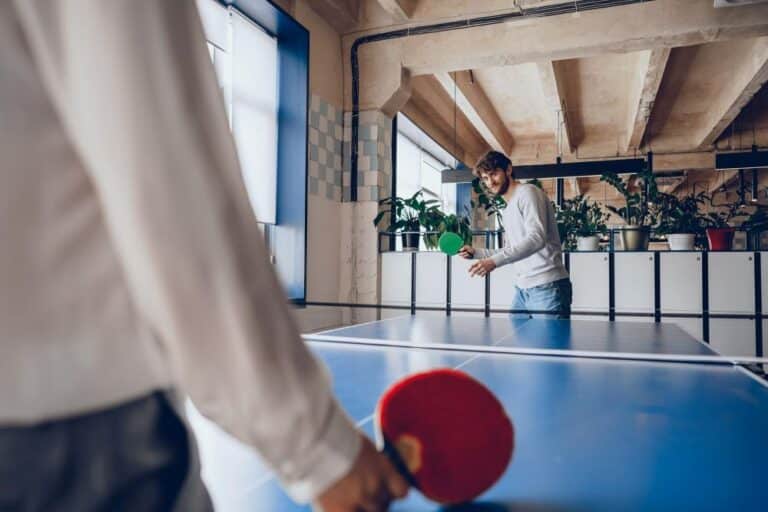How to Choose Table Tennis Balls: A Comprehensive Guide
Yi Long, 16 May 2025

Choosing the right table tennis ball might seem like a small detail, but it can significantly impact your playing experience. Whether you’re just starting your journey at a ping pong academy or are a seasoned player looking to refine your serving game or overall playing skills with focused table tennis training, understanding ball nuances is key.
Understanding Table Tennis Ball Standards
To truly grasp how to choose the right table tennis balls, it’s essential to understand the official guidelines and the different categories available.
ITTF Standards
The International Table Tennis Federation (ITTF) sets strict standards for all table tennis balls used in official competitions. These regulations ensure fair play and consistent performance at the highest levels. Currently, the official standards dictate:
- Size: The diameter of a regulation ping pong ball is 40mm. This size was increased from 38mm in 2000.
- Weight: The official weight of a table tennis ball is 2.7 grams.
- Material: As of 2014, the official material for table tennis balls is plastic, primarily ABS (Acrylonitrile Butadiene Styrene). Celluloid balls, the previous standard, are no longer permitted in ITTF-sanctioned events since plastic balls offer improved roundness and durability.
Ball Types
Beyond the official standards, you’ll encounter different types of table tennis balls categorised by a star rating system, as well as training balls. These categories indicate the quality and suitability of the ball for various levels of play:
- Training Balls: These are typically the most affordable ping pong balls. While they might not adhere strictly to all ITTF standards regarding roundness and consistency, they are excellent for practising basic strokes and drills. They often come in bulk and are designed for durability over precision.
- 1-Star Balls: These balls offer a step up in quality from training balls. They generally have better roundness and a more consistent bounce, which makes them suitable for recreational play and early stages of learning.
- 2-Star Balls: These table tennis balls are of higher quality than 1-star balls, with improved hardness, weight, and bounce consistency. They are a good option for intermediate players and more serious training sessions. Many players find them to offer a good balance between performance and cost-effectiveness.
- 3-Star Balls: These are the highest quality ping pong balls available and meet all ITTF standards. They offer the most consistent hardness, roundness, and bounce, making them the preferred choice for competitive play and advanced training. If you’re serious about your game, 3-star balls are generally worth the investment.
Choosing the Right Ball for Your Needs
Aside from understanding the standards and types of table tennis balls, you must also know what’s considered a good ball that aligns with your playing needs.
Playing Level
Your current skill level plays a major role in determining the most suitable table tennis ball:
- Beginner: If you’re new to the sport, on top of learning the rules, focusing on getting a feel for the game is key. Less expensive training balls or 1-star balls are perfectly adequate for practising basic strokes and developing fundamental skills. Consistency at this stage is less important than simply getting repetitions in.
- Intermediate: As you progress and your technique becomes more refined, you’ll notice the inconsistencies in lower-quality balls. Moving up to 1-star or 2-star balls can provide a more predictable bounce and flight, allowing you to develop more nuanced control and spin.
- Advanced: For competitive players and those engaged in rigorous table tennis training in Singapore, 3-star balls are essential. These balls’ consistent performance ensures that your training accurately reflects competitive conditions, allowing you to fine-tune your techniques and strategies with confidence.
Playing Style
Your preferred playing style can also influence your ping pong ball selection:
- Offensive: Players who favour attacking strokes and generating spin might prefer balls that allow for maximum spin and speed. Generally, higher-quality balls, especially 3-star, tend to offer better responsiveness to spin.
- Defensive: Defensive players who rely on control, placement, and absorbing their opponent’s attacks might prioritise balls with good control characteristics and durability to withstand longer rallies.
- All-Around: Players with a balanced style will likely seek table tennis balls with a good blend of spin, speed, and control. Experimenting with 2-star and 3-star balls can help you find a ball that complements your versatile approach.
Training vs. Competition
The context of your play also matters:
- Training: For general practice and drills, training balls or lower-rated star balls are often sufficient and more cost-effective for bulk usage. Minor inconsistencies in bounce are less of a priority when focusing on technique development.
- Competition: When it comes to matches or serious sparring sessions that simulate competition, using ITTF-approved 3-star balls is crucial. This ensures that you play with the same equipment standards you’ll encounter in official events.
Evaluating Ball Quality
Even within the same star rating, there can be slight variations in quality. Here’s how to choose a good-quality table tennis ball:
- Roundness: A perfectly round ball is essential for consistent bounce and flight. To check for roundness, spin the ball on a flat surface or between your fingers. Observe if there are any noticeable wobbles or unevenness in its rotation. A good table tennis ball should spin smoothly without any significant deviations.
- Bounce: Consistent bounce is vital for predictable gameplay. To test this, drop the ball from a specific height (e.g., 30cm or approximately 12 inches) onto a hard, flat surface and observe the rebound height. A quality ball will have a consistent rebound height across multiple drops.
- Hardness: The hardness of a ping pong ball can affect both spin and speed. Softer balls offer more spin potential as the racket can grip the ball more effectively, while harder balls might provide more speed. This is often a matter of personal preference, but generally, higher-quality balls have a consistent and well-defined hardness.
- Durability: Especially for training, choosing durable balls is important to avoid frequent replacements. Durable table tennis balls can withstand repeated hits and impacts without cracking or denting easily. Higher-rated star balls generally exhibit better durability due to better material quality and innovative manufacturing processes.
Elevate Your Game With The Right Table Tennis Ball
Choosing the right table tennis ball involves considering ITTF standards, the different types available, your playing level and style, and the context of your play. By understanding these factors and knowing how to evaluate ball quality, you can make an informed decision that enhances your enjoyment and performance. Don’t be afraid to experiment with different types of ping pong balls to find the one that feels best for you.
Ready to take your table tennis game to the next level? Join us at Xiao Bai Qiu for expert guidance and comprehensive table tennis training in Singapore. Our renowned coaches can provide you with in-depth knowledge on all aspects of the game, including selecting the perfect equipment, like ping pong balls and rackets, to help you unleash your full potential!

